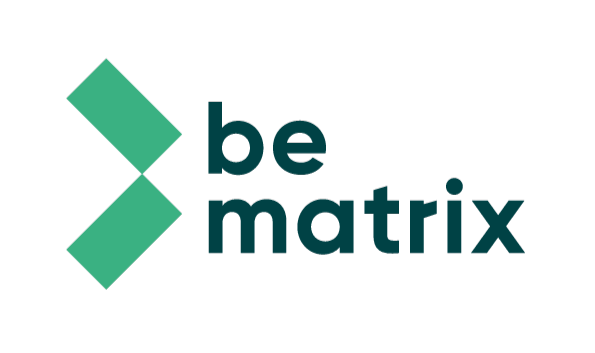For any substantial change to happen in the exhibition industry, there needs to be set goals that we are all collectively working towards says Andrew Harrison.
For real change to happen, we must all be working towards common goals. This was our mindset here at ESSA when we first set about leading on an external report into our industry back in 2018. The results, collected and published by an independent consultant in 2019, showcased an industry full of highly skilled individuals and companies with a love and a passion for what they do.
However, it also revealed there are still plenty of improvements to be made, with a focus on how we better communicate, plan and use the resources available to us in order to drive efficiencies and improve safety during the lead up to and during the build and break down of events.
When the results were presented to the Events Industry Alliance board (comprising the Association of Event Venues, Association of Event Organisers and ESSA) it was clear a collaborative effort involving buy-in from venues, organisers and suppliers across the industry would be needed to make these aims a reality.
To aid in this, we outlined our goals as part of our relaunched initiative ESSA AIMS, helping to both highlight and address the progress made on areas within. These include:
- Creating frameworks in partnership with the AEO and AEV to improve gangway management, scheduling management and build up and break down times
- Enhancing communication between different teams through the ESSA Events Portal and working with the AEO to help with its promotion
- Improving knowledge and competency in the industry through ESSA membership, training and accreditation
A framework for change
Covid-19 unfortunately put a pin in much of our collective work but fast forward to January 2024, and the ESSA team has been hard at work influencing change based on recommendations from the external report.
Our comprehensive health and safety accreditation scheme, the first of its kind, has been paramount in helping contractors demonstrate the necessary competence and capability to manage health and safety effectively, while also providing a solution for organisers and exhibitors to fulfil their own legal obligations.
In terms of improving communication between teams, we created the ESSA Event Portal to help ensure information is shared across all parties ahead of time. To help improve health and safety in relation to build up and break down, we approached the AEV and AEO to collectively create both a scheduling and gangway management framework to better inform best practices during build up and break down.
Previous iterations of this conversation were largely centered on the narrow view of simply wanting more build up and break down time. While more time is always appreciated, the reality is that with an ever-increasing number of events taking place, the already limited time between them for build up and break down is placing increasing pressure on both suppliers and buyers. The pressure to be in and out within strict time constraints means mistakes are more easily made and potential accidents more likely to happen as a result.
Therefore, the conversation needs to extend beyond just the supplier and buyer - we all need to input into how we continue to provide amazing events without having a negative impact on the wellbeing of those that make them happen. Let’s look instead at evidence-based solutions from across the industry that would ultimately lead to positive change for all.
The solutions ESSA has implemented to date clearly demonstrate our position in terms of our desire to drive change for the greater good. We recognise that we cannot simply demand change without ourselves providing solutions in the form of frameworks and investing in driving the supply chain to new heights of skills, professionalism, accreditations, training and competency.
Collaboration is key
Yet we also understand change does not happen due to the efforts of one singular group. With the current increased pressures on the supply chain, shortage of labour as well as increasing costs, it is now critical to address the issues outlined in the report collectively with our sister associations and wider industry.
Health and safety competency after all, is not negotiable. Blocked gangways, as highlighted in the report, lead to delayed access, delayed construction activities, damage to exhibitor property and concern to the overall safety and welfare of those present.
From a legislative standpoint, it cannot be emphasised enough that the regulator’s powers to secure a safe workspace or conduct investigations following what may be considered a fairly minor incident, can have catastrophic effects on both an event and a venue.
Now is the time to get everyone on board and improve our ways of working across the industry. From encouraging more suppliers to become accredited, utilising more ESSA members and ESSA Accredited members to working with other organisations to facilitate best practice in our industry.
By coming together and facing the challenges head on, I believe there can only be a bright future ahead for us all.
Published in M&IT magazine on 6 February 2024

